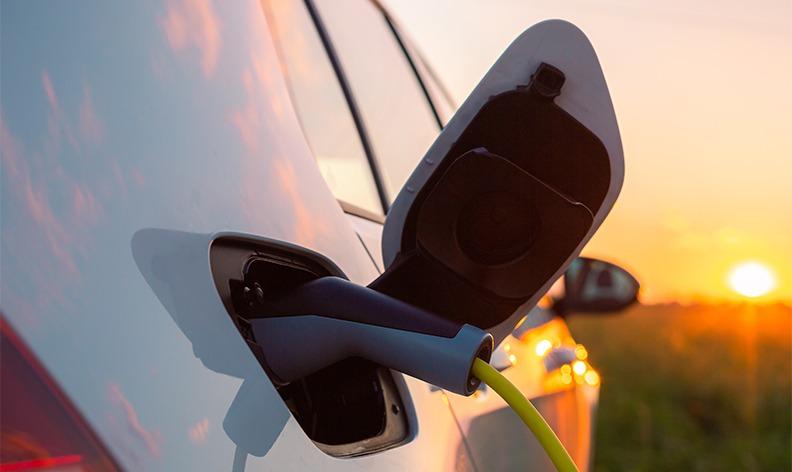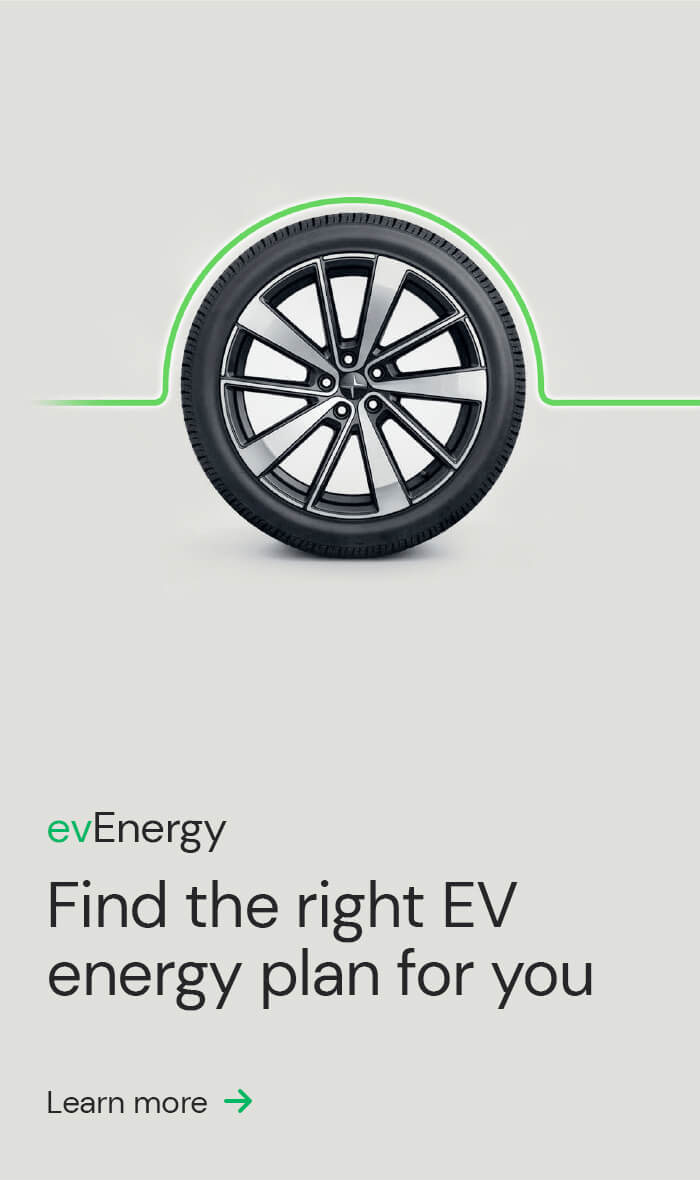EV car battery lifespans are better than ever. Capable of driving hundreds of thousands of kilometres over their lifetime, and often likely to outlast the car itself, you can make the switch to an electric vehicle in confidence.
Like mobile phones however, over time an EV’s lithium-ion battery will gradually degrade in terms of its capacity (the amount of energy it can store) and power (the amount of power it provides to the EV). But by following these useful tips you can help extend your electric vehicle battery lifespan.
Avoid charging your EV to 100%
All lithium-ion batteries degrade faster if they are fully depleted then charged up to 100%. Full charging cycles like this shortens their lifespan. To optimise your electric vehicle battery life, keep it charged somewhere between 20% – 80% as often as you can.
Only use rapid chargers if you’re driving a long journey
When you’re in a hurry or recharging mid-journey, public Level 3 DC chargers are great. But relying on them too often for your EV’s main source of energy may damage its battery. Rapid chargers’ high voltage puts a strain on the battery and reduces the battery’s life by a small amount each time they are used.
Don’t discharge the battery too quickly
Just as rapid charging can deplete battery life, so can rapid energy expulsion. Minimise the number of in-car functions you have running at any one time and ensure your acceleration and deceleration is smooth to support the lifespan of your EV car battery.
Charge up strategically
Planning when and how long you charge your EV for is a sensible idea. Most EV owners charge overnight at home, and while this makes sense, it’s important not to leave it charging until the moment you need to drive off.
The battery needs time to cool after charging before driving, so if your charger has a timer, set it to complete charging at least an hour ahead of using the EV.
Avoid extreme temperatures
All EV batteries have a thermal management system that heats or cools it to an optimal temperature. If the EV gets too hot or too cold the thermal management system will kick into action, but will drain the battery faster.
What’s more, battery components can struggle if overheated. If your EV battery is below 20%, there is a risk the thermal management system might not even work.
Summary
- Avoid charging your EV battery 100%, instead keep it between 20% – 80%.
- Limit your use of rapid Level 3 DC public chargers.
- Don’t expel battery energy too quickly.
- Use a timer to plan your home charges so that the battery will have cooled down before you drive away.
- Avoid exposing your EV to extreme hot or cold temperatures.
Are you considering making the switch to an electric vehicle? ActewAGL can help you effortlessly find, finance and charge your EV. Discover how ActewAGL can support your transition to sustainable driving today.



